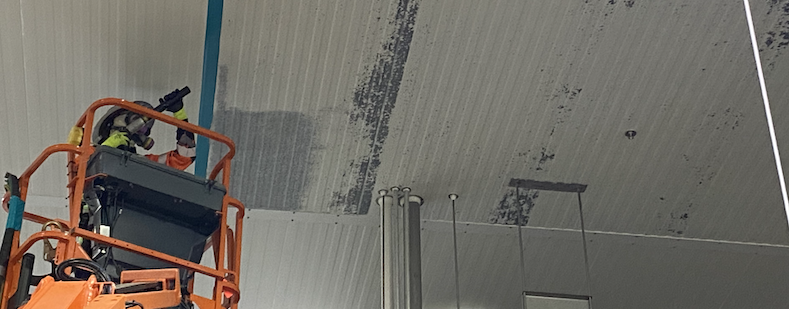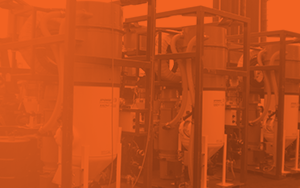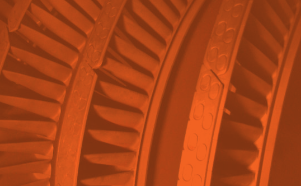Whether painting delicate surfaces like tin ceilings, or industrial surfaces such as machinery or roof decking, the quality and longevity of the paint job relies on the surface preparation before coating. On large square footage painting projects, surface prep is often the least considered step, but in reality, it’s the most crucial and plays a key role in the overall success of the paint job. Investing time and effort in this stage is essential to achieve lasting, high-quality results.
Read more >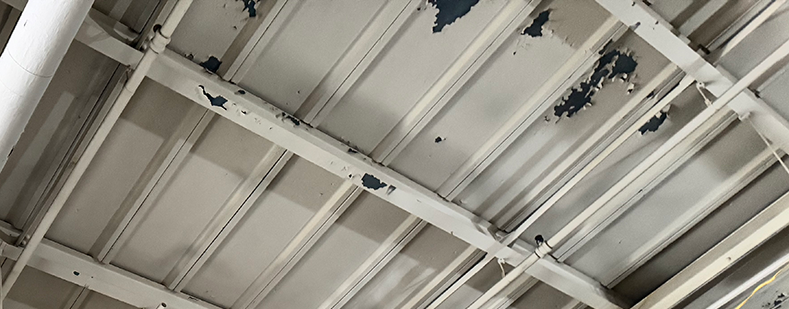
Steel roof decking is commonly found in manufacturing environments, such as power plants, food and pet food manufacturing facilities, marine production factories, and water treatment plants. Over time, whether as a result of manufacturing processes, bad surface prep, or normal wear and tear, coatings fail and corrosion can occur on these roof decks.
Read more >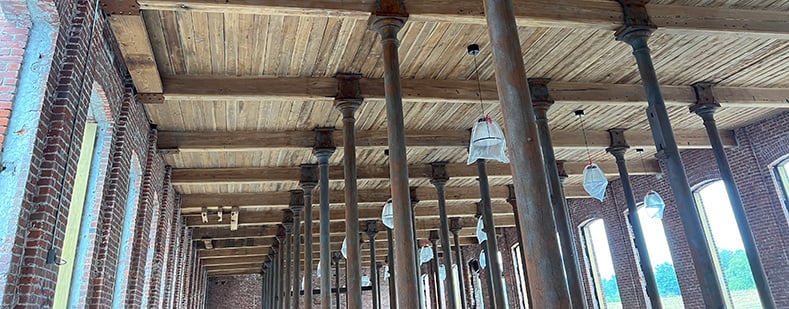
In the world of surface preparation products, where there are many abrasives to choose from, Sponge Media continues to stand out as an innovative solution versus other abrasives. Versatility is a core benefit of the Sponge-Jet system. With over 20 different kinds of Sponge Media™ and the ability to regulate media feed and blast pressure on Feed Units, most results required contractors, architects, and preservationists are achievable across many different substrates.
Read more >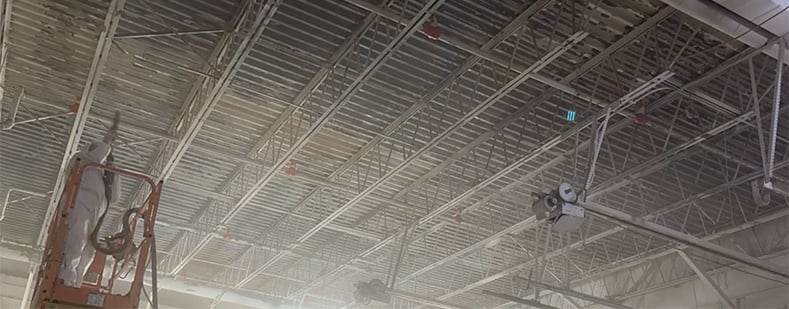
Over the course of the last few years, many Dry Ice Blasting (DIB) contractors have been increasingly adding Sponge-Jet systems to their range of equipment and services. While both surface preparation methods are used on a wide variety of substrates for cleaning and the removal of surface contaminants, each solution brings unique advantages to different projects. By combining these methods, contractors have the ability to expand their surface preparation capabilities and choose the best blasting methods for their application.
Read more >
Early coatings failures can often be attributed to inadequate surface preparation. One of the most common steps skipped prior to applying a new coating is failing to effectively remove grease and oils from the substrate prior to painting.
Read more >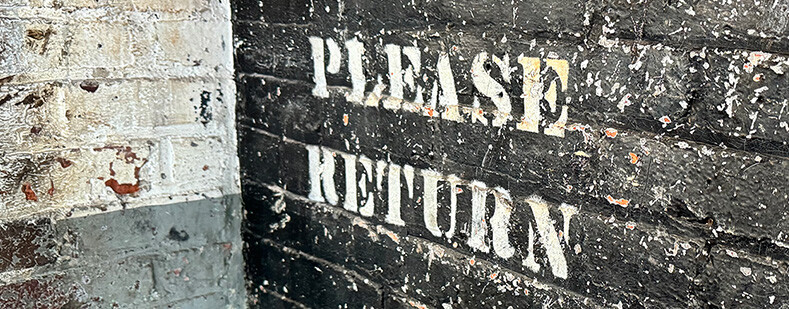
In the United States, Mill buildings have been community cornerstones since the 1800s. During the North American Industrial Revolution, thousands of mill buildings were constructed to allow for faster production of textiles and other goods. These high-producing areas, known informally as Mill Towns, suffered greatly in the late 20th century, leaving many of these former factories abandoned.
Read more >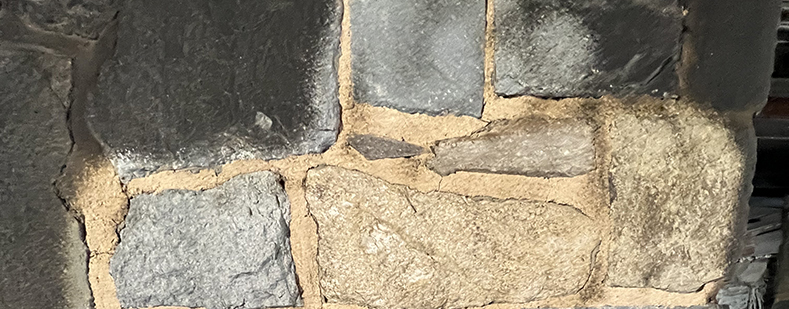
Not long ago in Washington D.C. (USA), a large fire broke out in a restaurant during its ongoing remodel. Located along the Chesapeake and Ohio Canal in the bustling neighborhood of Georgetown, the fire left heavy soot (about 20-30 mils) on a variety of different substrates inside the building, including brick, concrete, stone, and wood.
Read more >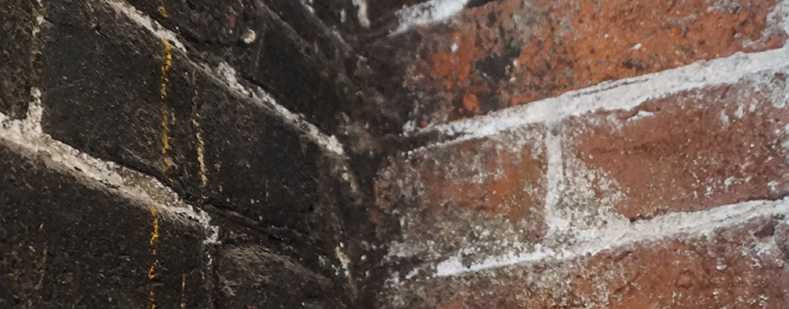
Fires can happen anywhere. While the cause of fires vary, every year thousands of homes, commercial properties, and industrial facilities deal with the cleanup after a blaze. In the aftermath of a fire, structural engineers and insurance companies will work together to determine if a property can be salvaged. In many cases, a fire restoration specialist will work with the owner to resurrect the property from the ashes.
Read more >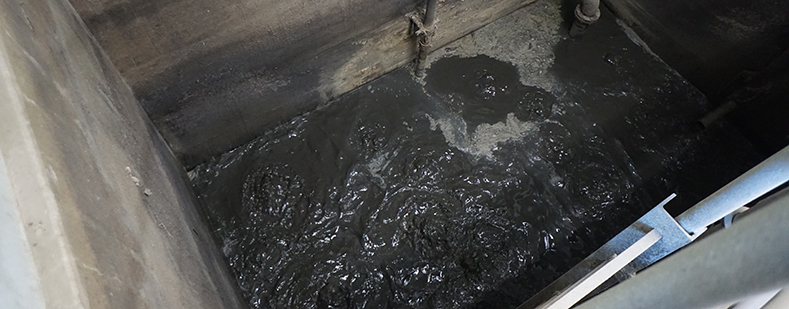
When conducting surface preparation work in wastewater treatment plants, there are many factors to consider before blasting ever begins. For example: protecting the pipes, sensitive equipment, and electrical conduit from abrasive dust and ricochet. Not to mention ensuring that the ventilation system is not overwhelmed with abrasive dust.
Read more >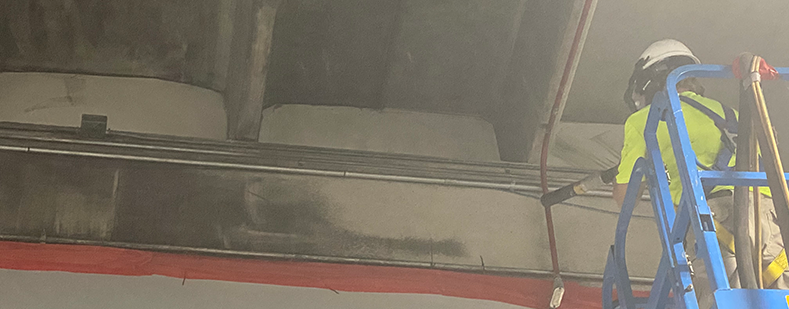
When fires occur, the immediate focus should be on preserving the health and safety of those in danger. Fire departments do amazing work saving lives and preventing fire spread throughout buildings and into nearby structures. Despite firefighters’ efforts, buildings often require robust cleaning of smoke, fire, and water damage in the aftermath.
Read more >
